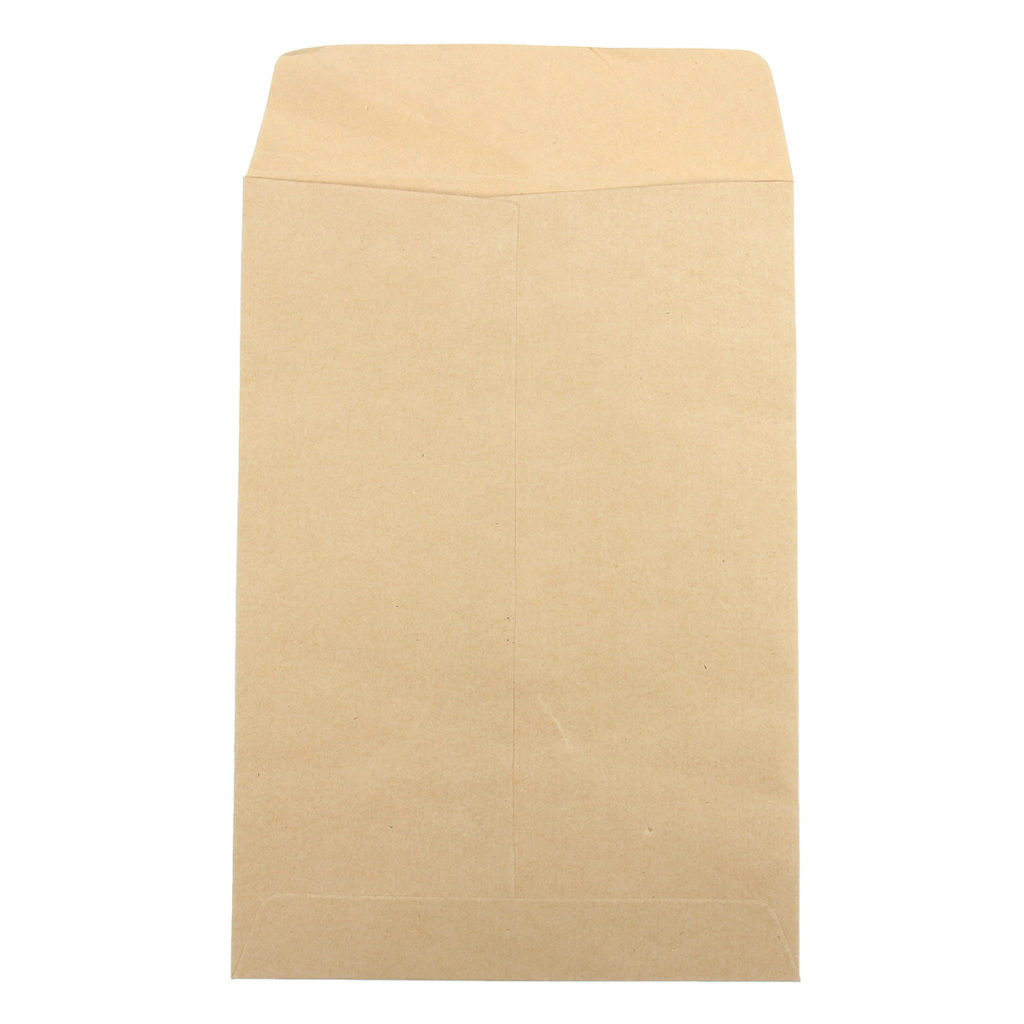Part 1 of a series on political subsidies and fundraising in Ontario.
In Tuesday’s Hamilton Spectator, Jay Goldberg, interim director of the Canadian Taxpayers Federation, claimed that Doug Ford “seems eager to let political parties stick their hands further into taxpayers’ pockets.”
He claimed the current per-vote subsidy – introduced by the Wynne government as a replacement for corporate and union donations – was parties just trying to ‘plunder more of our money’. He decried the fact that the public purse has to pay 45 cents per year for every vote a party receives.
“Ontarians will soon be limited to donations of $3,300 each year”, Goldberg said, either failing to notice, or not wishing to mention, that this was a doubling of the previous donation limits, and a massive relaxation on donations that puts far more ‘donor power’ in the hands of the wealthy. That new limit will be of relevance only to the tiny percentage of people who are rich enough to have over $3,300 to spare each year. Most, coincidentally I’m sure, will either own, work for, or be closely related to people who run corporations.
So – surprise, surprise – I disagree. Although not entirely, and not for the reasons you might think.
And yes, I am indeed a person who used to volunteer for one of Ontario’s subsidy-junky political parties, so obviously it’s no surprise I’m defending the status quo.
Except I’m not. I’m not defending it all. Political fundraising and government subsidy in Ontario is a mess. It needs to change. But not in the dumb, semi-informed and pointlessly hysterical way the Canadian Taxpayers Federation think it should, which would take a bad system and make it far worse.
What we have now: the great political funding shell-game
Here’s what I learned over a decade of fundraising, donating and general volunteering for a local riding association.
All forms of political funding are terrible, but some are more terrible than others.
Political parties in Ontario currently receive their funds from two places. Donations for the public and the per vote subsidy.
Both forms of funding are, in fact, overwhelmingly based on subsidy from the public purse. The per vote subsidy is a straight 100% payment from the government coffers based on votes received at the previous election. But the generous donations of the often cash-strapped party faithful, and the more, ahem, ‘aspirational’ donations of major donors, receive generous tax credits. Not deductions, credits. You get a big part of your donation back, courtesy of the taxpayer.
If I were to donate $10 to a provincial party, I would receive $7.50 back. If I donate $427, I’ll receive $356.25 back. If I donated another $1000, I’ll be refunded $500 of it. Another $1500 on top of that? Another $500 will be credited to my account come tax season. The party gets the full amount, but even a major donor is only donating about half as much as they say they are, with the rest provided from public funds.
So, what we really have is a shell game. Parties compete for what amounts almost to a brief interest-free loan from their supporters. The donors get a large part of their money back, and parties get to obscure the fact that most of their funding is coming from taxpayers, not supporters.
But the shell game at least creates a somewhat fair basis for party funding. If the party is popular, it receives more donations. Tanking in the opinion polls? Your donations – and your subsidy – will tank too.

And bear in mind too that large portions of this money don’t go to any party, per se, they go to local constituency associations. The central party might love to get its hands on that money, but it belongs to the local association, and by and large the association can do what it wants with it – an association of completely unpaid volunteers and enthusiasts who often grumpily resent the central party of which they are a part.
Nobody is getting rich from being involved in party politics. If, as the Spectator headline-writer said, it is a ‘return of the gravy train’, all I can say is that it’s some very watery and unsatisfying gravy.
But it doesn’t seem right. There has to be a better way, right? One which doesn’t demand we are all annual donors to the PCs, the NDP, the Greens, the Liberals, whether we love them or loath them?
And why do they parties need to take taxpayers’ money? Shouldn’t they just fight it out for donations like charities and non-profits? What makes them special? I mean – it’s obvious they should, right?
These are the question’s we’ll address in part two of this series. The answers defy easy or obvious answers, and best solution may be the one that on the surface looks unfairest of all.

